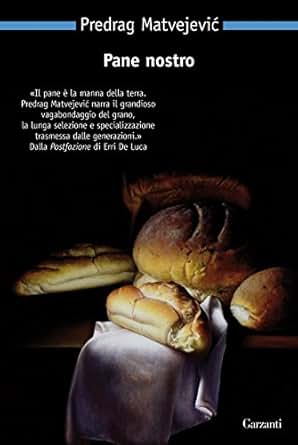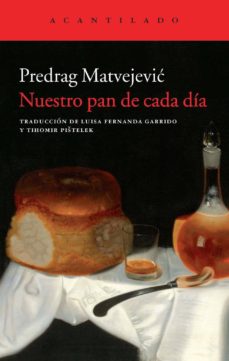bienvenue à la méthode scientifique
eco-logie und ego-latrie?
- “The way to love LATIN is to realize that it may be lost.”
quote attributed to G K Chesterton
- No sóc expert en filología, però en 50 anys veurem nous descobriments sobre origen i diversitat de llengües. M'agrada la pàgina d'un poc especialista: etymonline
- Ignoramus no podria dir que el català i el romanès son molt propers. Al meu entendre no tant. Lingüística històrica i alternative facts poden coexistir com hem vist sovintment.
Carme Jimenez Huertas is a philologist specializing in linguistics and language technologies.
Her passion for language led her to investigate cognitive processes and behavioral patterns in modern and ancient languages.
LINK
Foreword by Cristina Brescan
451_ She is not alone...
- "Le français ne vient pas du latin, essai sur une aberration linguistique"
- Danielle Corbin lo defendieron desde el francés. Galicia Irredenta, desde el gallego. Jaume Clavé, desde el catalán. Ribero-Meneses, desde el castellano. Lo mismo está sucediendo desde el rumano con Lucian Iosif Cueşdean y Mihai Venereanu
273_for one critique to Carme J. Huertas: Ander Ros .... ... web
1 - NUEVA EDICIÓN en INGLÉS del libro:
No venimos del latín
- For many years, we have been taught that Romance languages come from Latin. Historical grammar has described this process on the basis of a complicated theoretical framework of successive changes that caused a deep transformation of the parent tongue, which degenerated into the so-called Vulgar Latin. However, as shown in recent research, on a morphosyntactic structure level, linguistic change is a very slow process. Some of the internal changes of a language do not occur over centuries but rather could be traced back over millenia.
- Why does historical grammar attribute to external influences the evolutionary process from Classical to Vulgar Latin and disregard the fact that it could be caused by the substrate language or languages? Some features of those languages would have survived the Romanization and point to an older common ancestor, an agglutinative and compositional language shared by the various Mediterranean peoples and from which the so-called Romance languages would stem.
- This work presents some new research hypotheses, which show that Romance languages share a high percentage of phonetic, lexical, morphosyntactic and semantic characteristics, showing a close kinship to a linguistic typology that relates them to each other but distances them from Latin.
2- ESTUDIO - LINK
BANCO ..... del germánico «bank» y significa asiento
BANCAL ... del árabe «manqála» y significa soporte
BANDEJA... del portugués y significa recipiente plano para servir
BANDA ... del germánico «band» y significa cinta, faja o tira de material flexible
BANDO ... del gótico «bandwo» que significa bandera y también reunión de gente o
«conjunto de personas en lucha con otras o con ideas opuestas respecto a ellas»
Todas estas palabras tienen en su base una idea o concepto de grupo, de unión. Así, por analogía con una banda (agrupación de hilos que conforman una cinta flexible) se crea tanto el concepto de un bando de personas como el de una banda musical, y la tela que les representa es su bandera, y un conjunto de tablones unidos en el que, a diferencia de una silla, pueden sentarse varias personas, es un banco. Si nos fijamos entonces en la palabra abandonar y remitiéndonos a su sentido originario, significaría haber sido dejado fuera de su bando. Esta nueva aproximación a la etimología pasa por identificar estos constructos de modo que puedan ayudarnos a detectar los procesos mentales que se reflejan a través de la evolución del lenguaje. ¿Tenemos alguna prueba de la existencia de esta lengua antigua, de carácter aglutinante, que unía unidades léxicas (monosilábicas) que correspondían a conceptos y a ideas?
3 - ROMANIAN CONNEXIONS___
Cristina Brescan
Melbourne, Australia - 3 December 2017 - LINK
- Why would I listen to something that goes against everything reputable that has been written on the subject for decades – no, for centuries? How dare you go against what the most reputable researchers of the Romance languages are saying – not only in Romania but also in Italy, Spain and France?
- the work in this book does more than bring to us, for analysis, a body of evidence in support of an unsettling hypothesis. It questions some of the most fundamental premises in mainstream linguistic methodology, and in historical linguistics in particular.
ADDENDA -2 :
from a comment in Carme's blog:
from a comment in Carme's blog:
Something that you might find fascinating is when the Huns and Tatars invaded the land of Hungary today (Huns and Tatars are from northern China), well they also forced their language upon those Geto-Dacians living on the land of Hungary, but still over 2,000 words of the Hungarian language today actually originate from Romanian. If you look into the Dacian language on the Sinaia Lead Plates, you will see that the Romanian old language used “latin”, Cyrillic and Greek letters. But if you look even further than that by looking into the Danube script, Turdas-Vinca symbols, Cucuteni-Trypillian symbols as well as art you can see the similarities in the Iberian symbols/letters.























